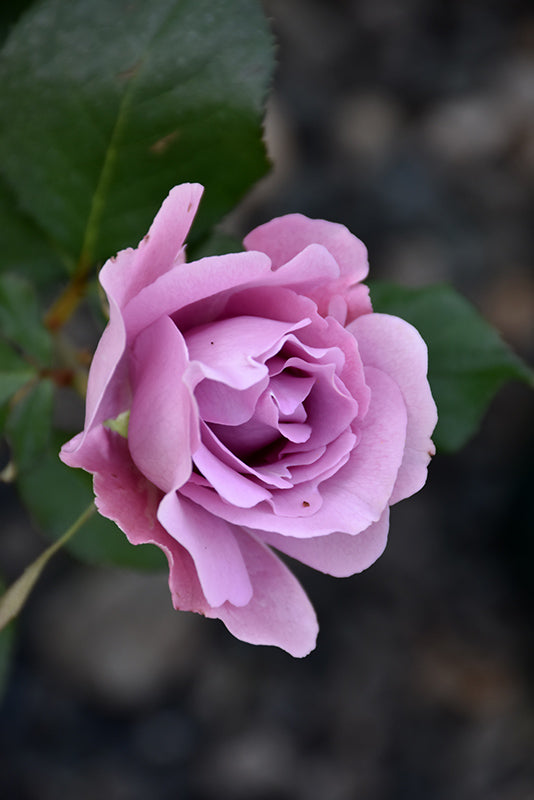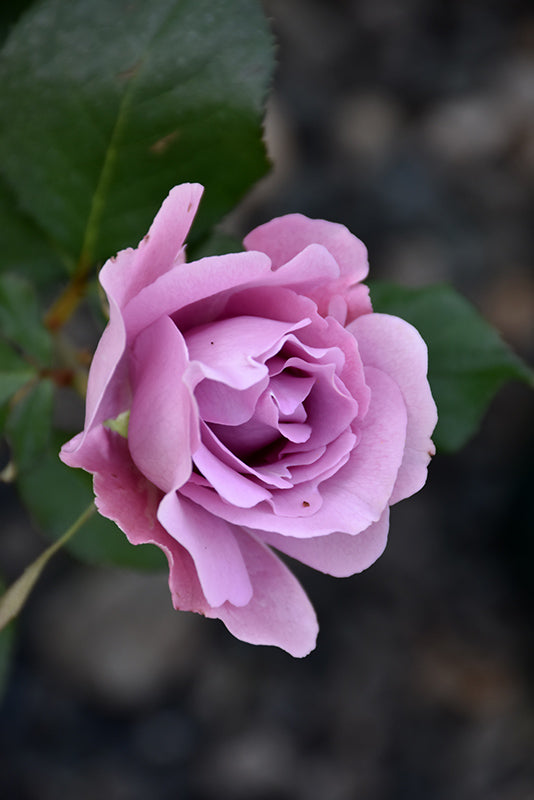Rich, large, lavender-purple colored and highly fragrant blooms that appear throughout the season on a low bushy shrub; well suited for landscaping, for containers, or a flowering hedge
Ornamental Features
Angel Face Rose features showy fragrant fully double lavender flowers with purple overtones at the ends of the branches from late spring to mid fall. The flowers are excellent for cutting. It has forest green deciduous foliage. The glossy oval compound leaves do not develop any appreciable fall colour.
Landscape Attributes
Angel Face Rose is a multi-stemmed deciduous shrub with an upright spreading habit of growth. Its average texture blends into the landscape, but can be balanced by one or two finer or coarser trees or shrubs for an effective composition.
This shrub will require occasional maintenance and upkeep, and is best pruned in late winter once the threat of extreme cold has passed. It is a good choice for attracting bees to your yard. Gardeners should be aware of the following characteristic(s) that may warrant special consideration;
- Spiny
Angel Face Rose is recommended for the following landscape applications;
- Mass Planting
- Hedges/Screening
- General Garden Use
Planting & Growing
Angel Face Rose will grow to be about 3 feet tall at maturity, with a spread of 3 feet. It tends to fill out right to the ground and therefore doesn't necessarily require facer plants in front. It grows at a fast rate, and under ideal conditions can be expected to live for approximately 30 years.
This shrub does best in full sun to partial shade. It does best in average to evenly moist conditions, but will not tolerate standing water. It is not particular as to soil type or pH. It is highly tolerant of urban pollution and will even thrive in inner city environments. This particular variety is an interspecific hybrid.
Details
Botanical Name
Rosa 'Angel Face'
Common Name
Angel Face Rose
Hardiness Zone
- 5a
Appearance
Max Height
3 feet
Max Spread
3 feet
Plant Form
- Floribunda Rose
Foliage Colour
- Forest Green
Fall Colour
Flower Colour
- Lavender Purple
Edible
Edible Component
Edible Harvest Period
Edible Use
Fruit Colour
Growing
Flowering Period
Late Spring to Mid Fall
Moisture
Average
Sunlight
Full Sun to Partial Shade
Maintenance
Occasional
Deer Resistance
Get more information about this plant and others with our comprehensive plant finder tool.




